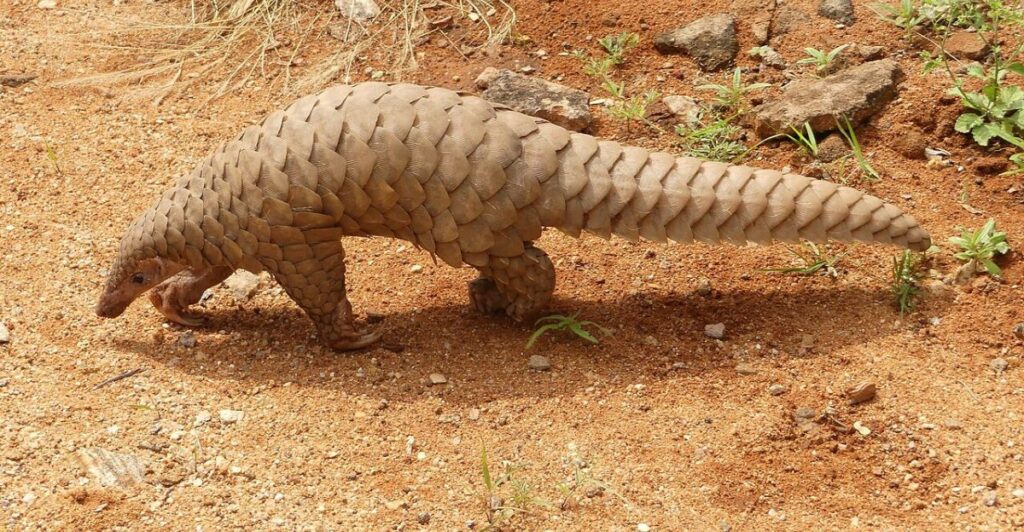
Over 42,000 creatures are fighting to stay alive at the moment, as per the IUCN Red List. These aren’t just numbers; they’re lives teetering on the edge. Moreover, many of the species are on their own because our efforts might not be enough.
So, how are they still surviving? Nature is the one helping them. Some endangered species develop natural abilities and change their habits to live in dangerous situations. Let’s explore 12 extraordinary animals that refuse to disappear as they use their unique abilities to hang on.
1. Glass Frogs Reveal Their Secrets With Transparency
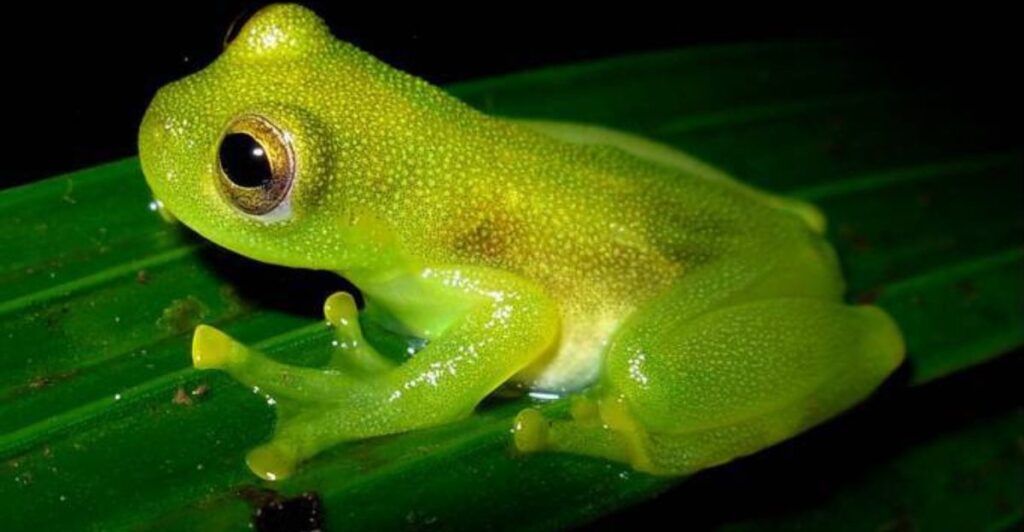
Imagine a creature so translucent you can see its heart beating. Glass frogs, found in Central and South America, have transparent skin that allows them to mix into their leafy surroundings. This makes them nearly invisible to predators lurking above.
Camouflage is not their only trick. When at rest, glass frogs tuck their brightly colored internal organs behind their translucent bones, further minimizing visibility. Such evolutionary adaptation has helped them survive in dense rainforests where hiding is often a matter of life or death.
2. Pangolins Wear Nature’s Toughest Armor

Overlapping keratin scales make pangolins look like living pinecones. These unique scales are their ultimate defense against predators. If they are threatened, pangolins roll into a tight ball without leaving any vulnerable spots exposed.
In parts of Africa and Asia, the nocturnal creatures have another surprising ability: their long, sticky tongues can stretch out to catch insects deep inside termite mounds. Sadly, even with their natural defenses, pangolins are critically endangered due to illegal hunting and trafficking.
3. Polar Bears Face Melting Ice With Resilience

With Arctic ice melting at alarming rates, polar bears have been adapting their hunting strategies. The bears now spend more time swimming between ice floes or scavenging on land for food like bird eggs. A change of eating habits and a resilience like this speak volumes about their ability to adapt.
Polar bears are built for survival in one of the harshest environments on Earth. Thick fur, insulating blubber, and black skin under white coats help the bears retain heat even in subzero temperatures, though their future hangs in the balance.
4. Saola’s Rarity Earns It The “Asian Unicorn” Name
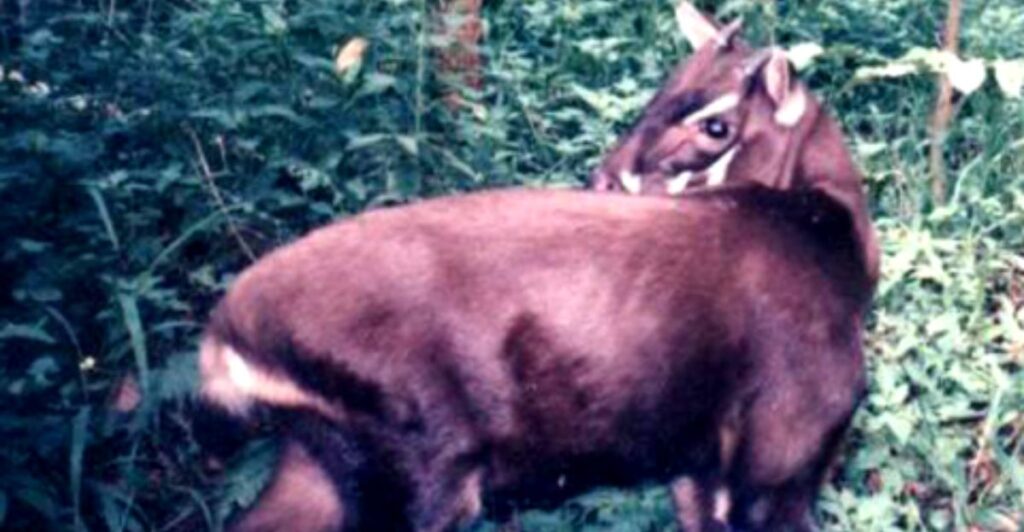
The “Asian unicorn,” the saola, got this name because it’s very rare and is always hiding. Plus, its long, straight horns and unique white facial markings make it a fascinating species. A saola relies on its slender build and secretive behavior to avoid predators.
Habitat loss and hunting have pushed the saola to the brink of disappearance, with conservationists racing to understand more about this mysterious animal. Only a few have ever been photographed in the wild, mostly found in the dense forests of Laos and Vietnam.
5. Sea Turtles Move Through Oceans With Magnetic Maps
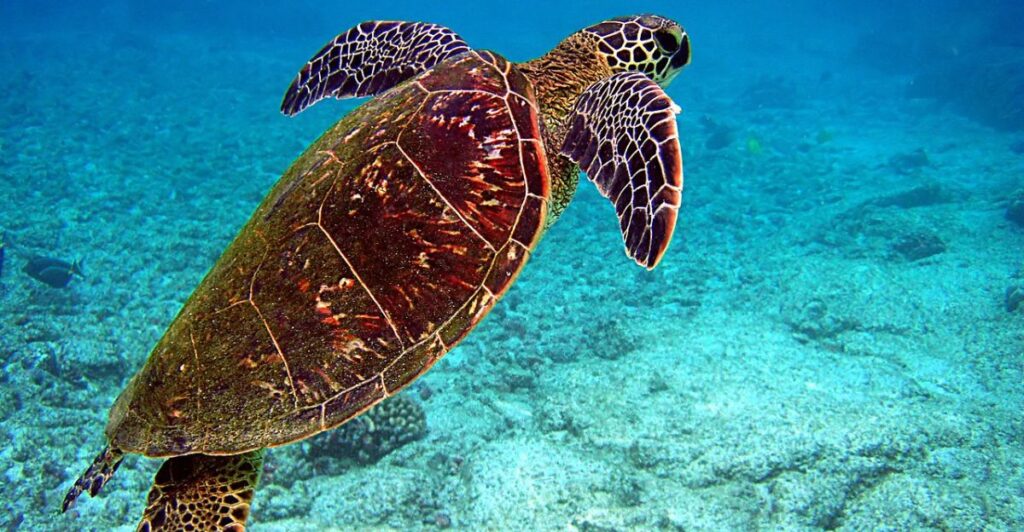
Nature has a compass of its own: sea turtles that use Earth’s magnetic field to travel thousands of miles across oceans. Surprisingly, they return to the very beaches where they were born. The innate system is so precise; it’s like having a built-in GPS.
Green sea turtles also have unique adaptations, like serrated jaws to graze on seagrasses and coral reefs. However, rising ocean temperatures and plastic pollution have made their lives risky and their incredible abilities to the ultimate test.
6. The Kakapo Fights Back With Night Moves
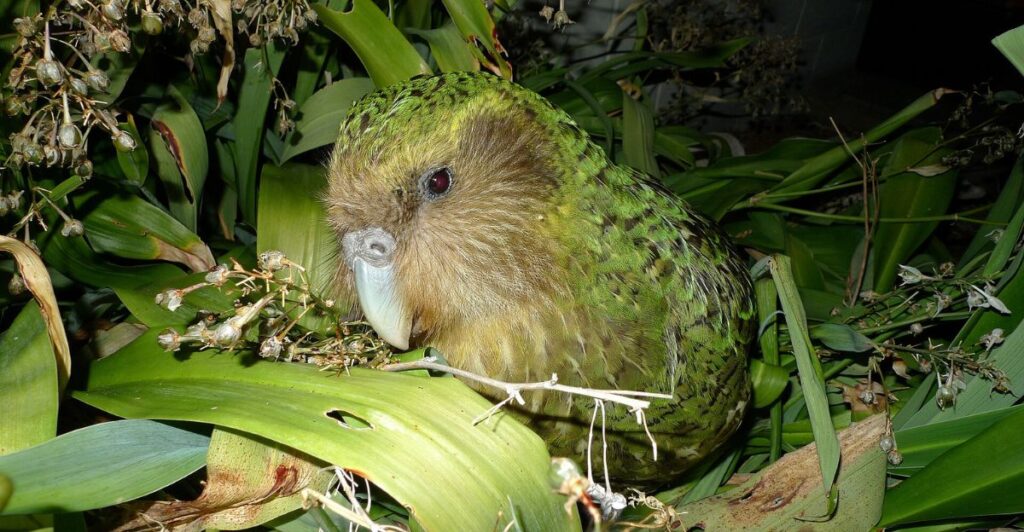
Calling a flightless bird a “bird” might seem odd, but the kakapo is still a parrot and is one of the rarest birds on Earth. Despite their clever adaptations, kakapos face challenges like invasive predators and habitat destruction. Conservationists are working tirelessly to save them.
The remaining kakapos live in New Zealand, which is their natural habitat. Their nocturnal lifestyle and mossy green feathers allow them to hide and blend into their forested habitat. Kakapos also have a unique mating call: males inflate air sacs in their chests to produce booming sounds that can carry over miles.
7. African Elephants Travel Farther To Find Water
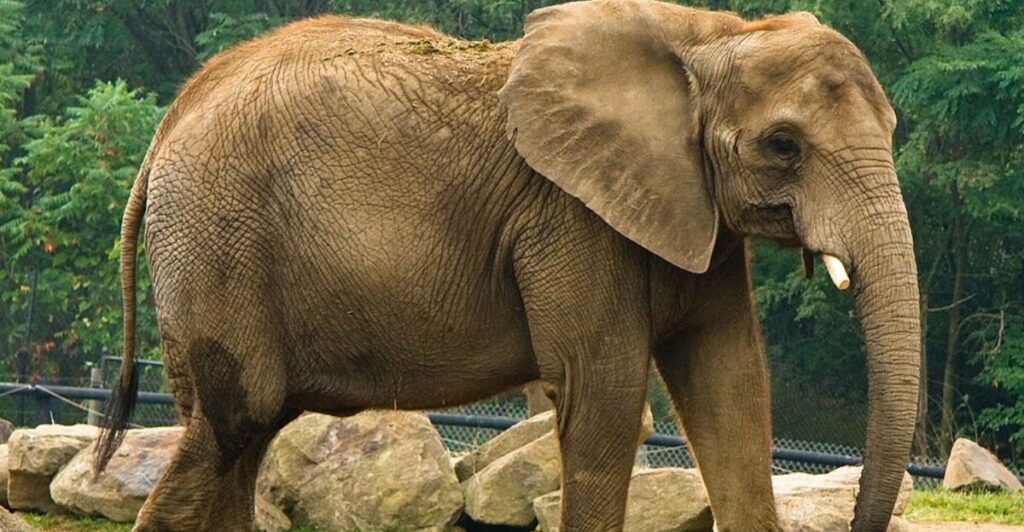
African elephants are famous for their intelligence and strong family bonds. However, they need to travel longer distances to find water as droughts worsen across the continent. Traditional watering holes are drying up and pushing herds to adapt by expanding their migration routes.
It’s a challenging change since longer journeys increase the risk of human-wildlife conflict and reduce the time elephants can spend feeding and caring for young calves. To address this issue, conservation efforts focus on protecting vital water sources so that they can have safe migration corridors.
8. The Vaquita Survives In One Shrinking Habitat

The world’s rarest marine mammal, the vaquita, is from the northern part of the Gulf of California. With fewer than 20 individuals believed to exist, it relies on its ability to cut through the murky waters using echolocation to hunt fish and avoid predators.
Unlike other porpoises, the vaquita thrives in a very small range, which has made it highly vulnerable to illegal fishing activities. Despite its resilience, this species is wobbling on the edge of extinction.
9. Bornean Orangutans Use Tools To Secure Survival

If you think humans are the most intelligent primates, you’re wrong. Bornean orangutans, our cousins from the great Apes family, are smarter than us—solving problems and using tools. People observed them using sticks to extract insects from tree bark and even crafting makeshift umbrellas out of leaves to shield themselves from rain.
Deforestation and poaching in the dense forests of Borneo have drastically reduced their habitat, leaving them with fewer resources. Even though their intelligence is their greatest strength, without intervention, we don’t know if they can survive long.
10. Sumatran Rhinoceros Boasts Ancient Lineage And Armor
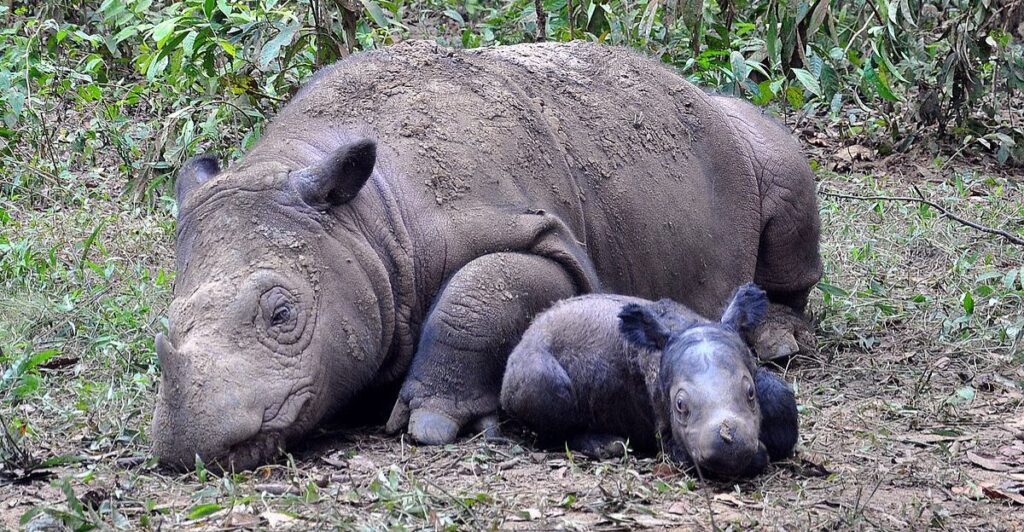
A Sumatran rhinoceros is the smallest and oldest of the living rhino species, tracing its lineage back millions of years. Reddish-brown, hairy coat and thick skin act as natural armor for this creature in the dense vegetation of its rainforest habitat.
The Sumatran rhinoceros has mastered survival in rugged terrain, but deforestation and poaching have put its life in danger. Conservationists are racing to protect the remaining individuals with captive breeding programs so this ancient species could be saved.
11. Indian vultures shift diets to survive shrinking habitats
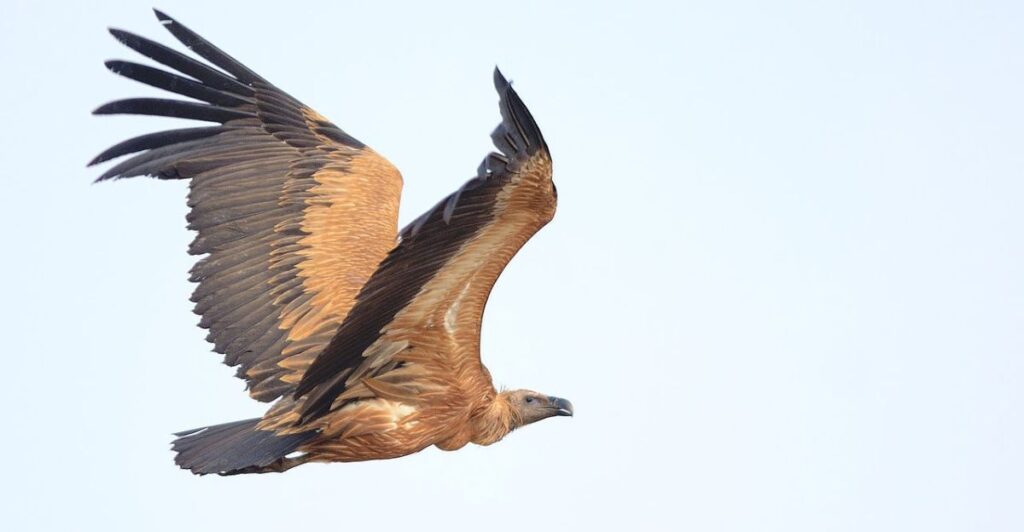
Once common across South Asia, Indian vultures have had to adapt their eating habits to survive because natural carcass availability declined due to urbanization and changes in livestock practices. Indian vultures now scavenge from urban dumps and landfills.
This shift in diet has helped them live, but it comes with risks. Contaminated food sources expose these scavengers to toxins, further endangering their populations. People are working to restore vulture-friendly zones where these birds can safely find food in their natural areas.
12. Monarch Butterflies’ Epic Migrations Amaze Scientists

Monarch butterflies go on one of the most incredible migration journeys in the animal kingdom. Every fall, these delicate creatures travel thousands of miles from North America to their overwintering sites in Mexico.
Stay connected with us for more stories like this! Follow us to get the latest updates or hit the Follow button at the top of this article, and let us know what you think by leaving your feedback below. We’d love to hear from you!







